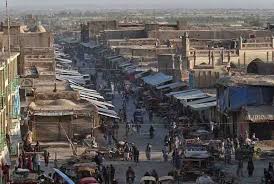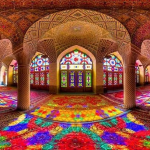Asia is a continent of extremes, boasting some of the world’s richest cities and, conversely, some of the most grim and grueling urban environments. While tourist brochures paint glossy pictures of bustling capitals and cultural hubs, there are places that don’t make the highlight reels, cities plagued by pollution, poverty, violence, and decay.
This list of the worst cities in Asia isn’t about charming backstreets or hidden gems. It’s a no-holds-barred look at places where day-to-day survival is a challenge and hope is in short supply. And yes we either can, or indeed do go to many of these.
10. Fuyang, China
Fuyang is one of China’s many industrial cities where economic growth has come at a heavy environmental cost. Smog hangs thick over the skyline, factories pump toxic waste into rivers, and the residents are left coughing through hazy skies. The city’s infrastructure hasn’t kept pace with its industrial boom, meaning that basic services like clean water and waste management are unreliable at best. Corruption and local government inertia only worsen the situation, leaving Fuyang in a state of environmental and social neglect. It’s a grim reminder that rapid industrialization doesn’t always translate to improved quality of life.
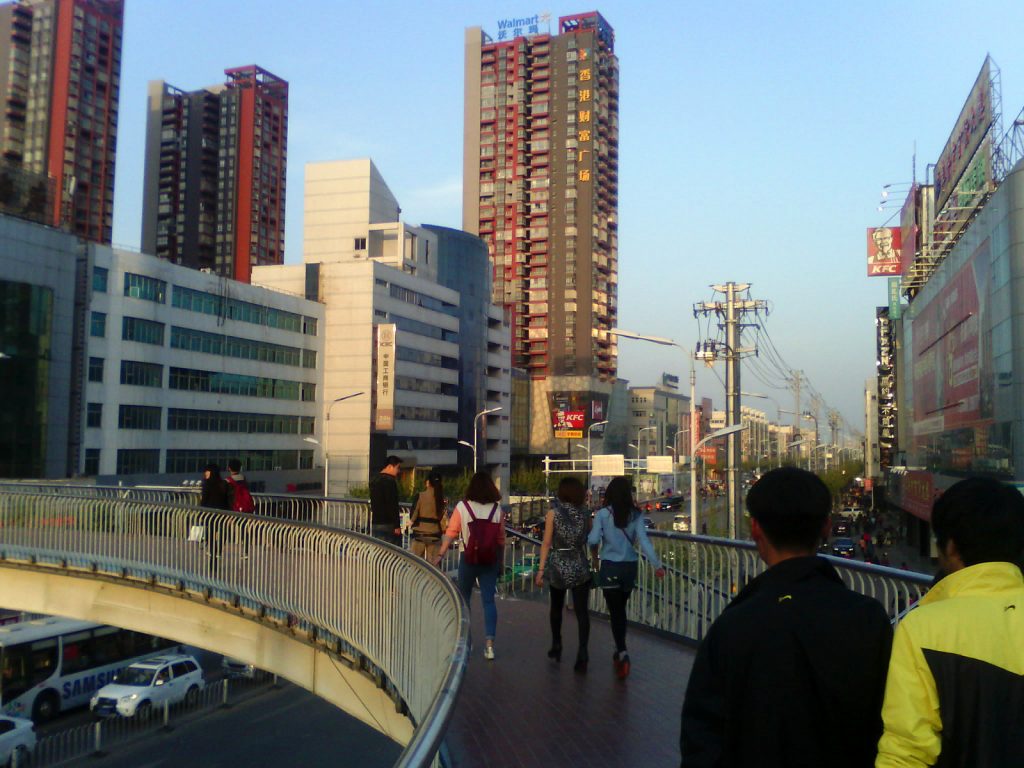
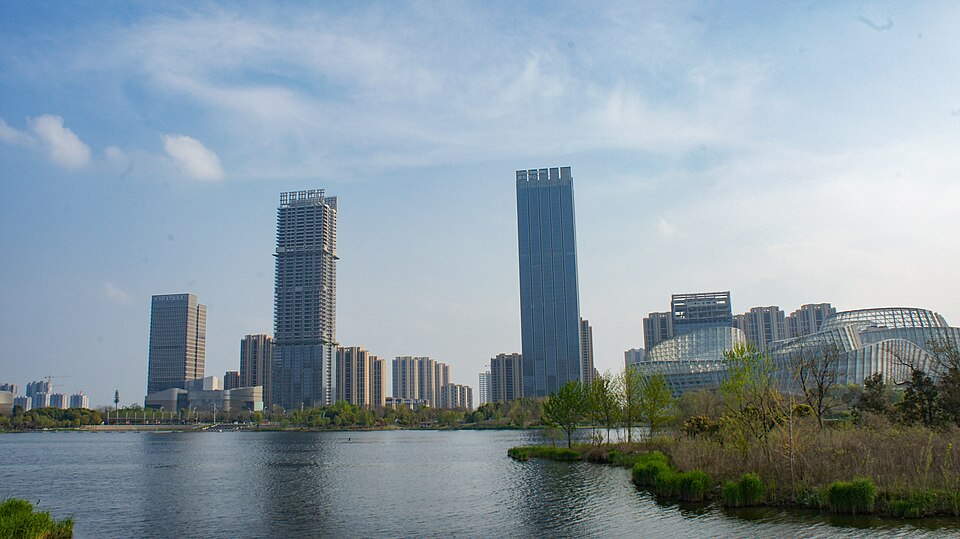
9. Faisalabad, Pakistan
Once hailed as the Manchester of Pakistan for its textile industry, Faisalabad is now a poster child for industrial pollution. The factories that drive the city’s economy spew chemicals and untreated waste into the air and water. Smog blankets the city for much of the year, choking residents and causing serious health problems. Meanwhile, sprawling slums grow unchecked, lacking basic sanitation and clean water. Infrastructure is crumbling under the strain of rapid urbanization, and crime rates are high in poorer districts. Faisalabad’s story is one of economic growth overshadowed by environmental degradation and social neglect.

8. Almaty, Kazakhstan
Almaty may be Kazakhstan’s largest city and former capital, but it struggles under a thick blanket of winter smog. Coal heating systems combined with heavy traffic clog the air with particulate matter that can reach hazardous levels. The city’s rapid growth has outpaced investment in environmental protection, leading to poor air quality that residents have to endure every winter. Aging infrastructure and a lack of green spaces compound the city’s environmental woes. Almaty shows how a city’s natural beauty and regional importance can be undermined by pollution and poor urban planning.

7. Kanpur, India
Kanpur’s reputation as an industrial powerhouse comes with a dark side. Its infamous leather tanning industry dumps untreated waste into the Ganges and surrounding waterways, turning them toxic. The air is thick with industrial fumes, and residents struggle with health problems related to pollution. Poor sanitation and inadequate public services mean many people live in squalid conditions. Despite efforts to clean up the city, progress is slow and uneven. Kanpur is a stark example of industrial growth without environmental safeguards, making it one of the worst cities in Asia for quality of life.
6. Rawalpindi, Pakistan
Neighboring Pakistan’s capital Islamabad, Rawalpindi is overcrowded and plagued by pollution. Traffic congestion is a daily nightmare, contributing to worsening air quality. The city’s sanitation infrastructure is overwhelmed, with many areas lacking proper waste disposal. Rawalpindi also suffers from high crime rates and limited economic opportunities outside of government-related work. While its proximity to the capital gives it some advantages, the city itself feels like a neglected backwater suffering from decades of underinvestment.
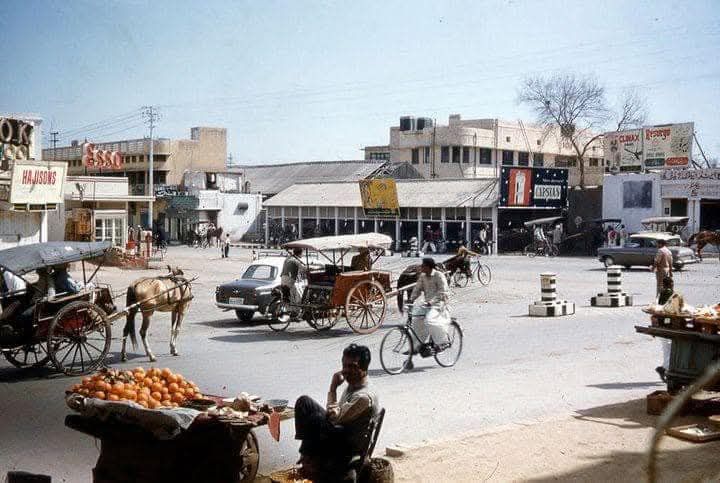
5. Cikampek, Indonesia
Cikampek is an industrial town that epitomizes urban chaos. Its notorious traffic jams stretch for hours on end, with exhaust fumes hanging thick in the air. The area lacks effective environmental regulation, so factories release pollutants unchecked. Dust and noise pollution add to residents’ misery. Public services like healthcare and education are limited and struggling to keep up with population growth. Cikampek is a cautionary tale of what happens when industrial expansion happens without urban planning or environmental protections.
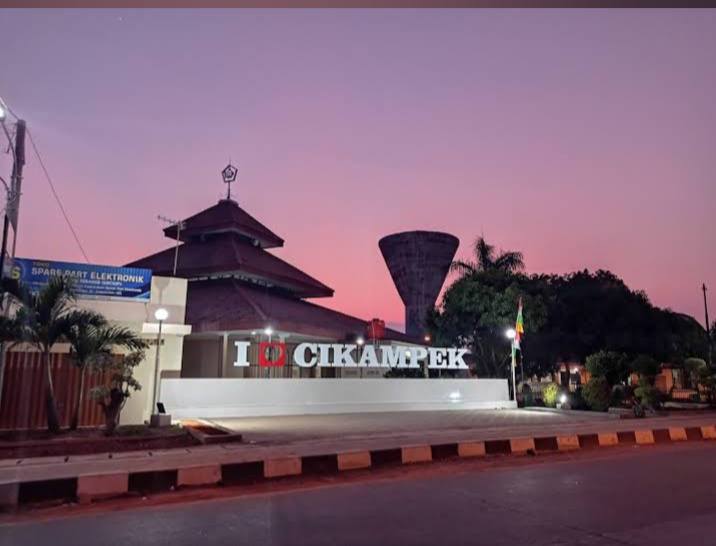
4. Zabol, Iran
Zabol’s claim to infamy comes from its relentless dust storms. Desertification and drought have turned the city into a wasteland, with sand and dust choking everything for months at a time. Air quality reaches hazardous levels regularly, causing respiratory illnesses and making outdoor life nearly impossible. Water scarcity compounds the city’s problems, leading to poor sanitation and agricultural collapse. Zabol’s residents face a daily battle against nature itself, making it one of the most inhospitable cities in Asia.
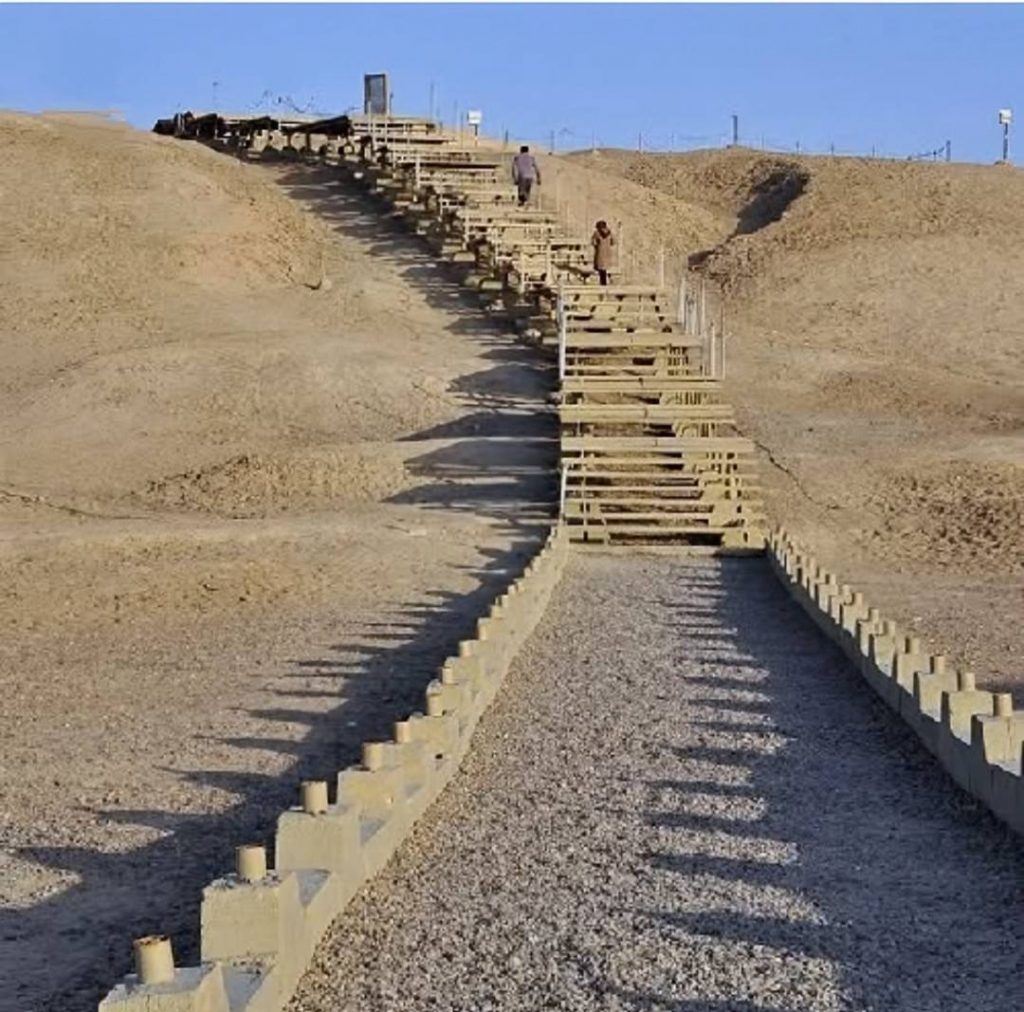
3. Quetta, Pakistan
Quetta is plagued by violence, insecurity, and neglect. Situated near conflict zones, it experiences regular sectarian attacks and political instability. Infrastructure is dilapidated, and public services like healthcare and education are inadequate. High unemployment and poverty contribute to social unrest. Despite its strategic location, Quetta remains mired in underdevelopment and danger, deterring investment or meaningful improvement. It’s a city defined by hardship and uncertainty.
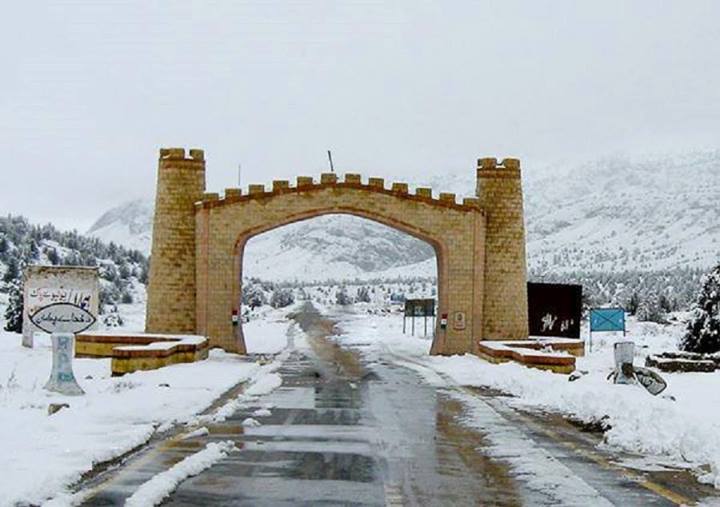
2. Lashio, Myanmar
Lashio, the gateway to Myanmar’s troubled Shan State, is far from the tourist-friendly image of Myanmar’s better-known cities. Drug trafficking, armed conflicts, and corruption dominate the city’s reality. Mining operations pump pollutants into the environment, and infrastructure is rudimentary at best. The ongoing ethnic conflicts in the region spill into Lashio, making security precarious. For many residents, daily life is a grind against poverty and violence, far removed from the glossy travel brochures.
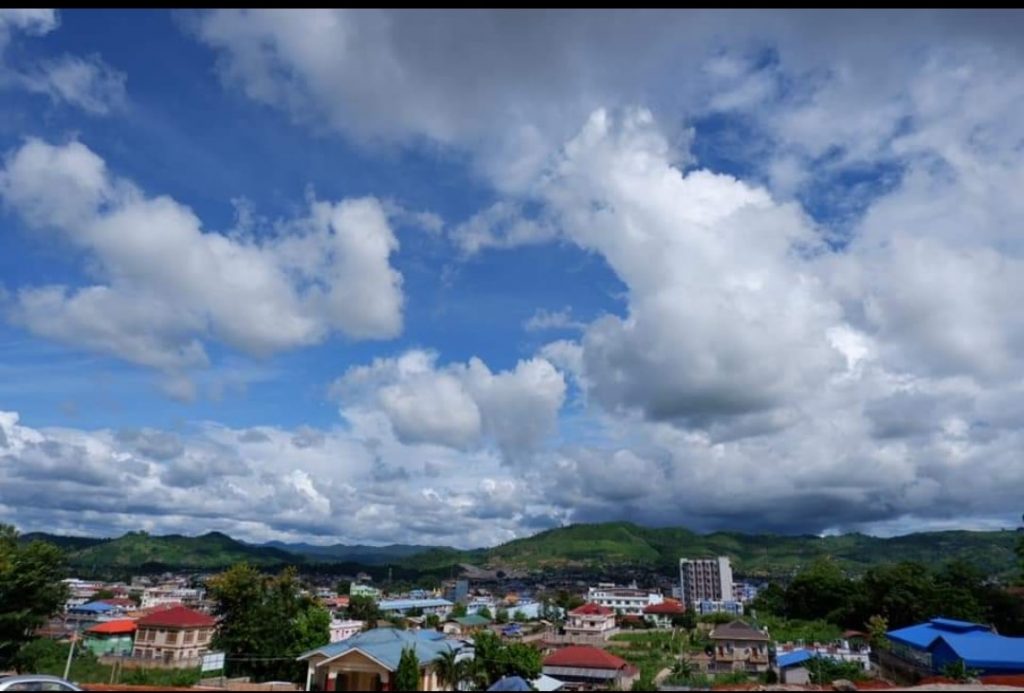
1. Taloqan, Afghanistan
Taloqan is perhaps the epitome of urban neglect and conflict. This city has suffered years of war, insurgency, and destruction. Basic infrastructure is almost non-existent, with unreliable electricity, scarce clean water, and crumbling roads. Security is a constant concern, with violence flaring regularly. Public health and education systems are devastated. Taloqan’s population lives with a persistent sense of instability and hardship. It stands as a grim symbol of the human cost of conflict and neglect in Asia.
These cities are reminders that economic development and modernization often leave some urban areas behind, trapping residents in cycles of pollution, violence, and poverty. The worst cities in Asia are not just destinations on a map, but complex stories of struggle where life is anything but easy.
